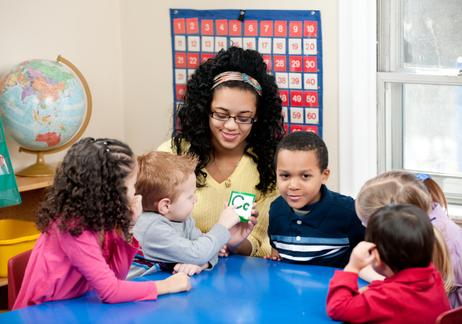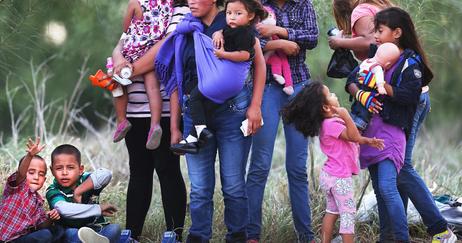The Common Core State Standards were developed after education officials became concerned over the lack of progress American students were making in the areas of math and language arts. After years of being outperformed by children in other countries, various stakeholders came together to devise a new set of standards that would raise the bar for student learning. The result was the Common Core, which took shape over the course of 2009 and was implemented in 2010. In the years since, 43 states, Washington, D.C., the education wing of the Department of Defense, and several U.S. territories have adopted the standards.

Developed by Experts
The Common Core standards represent a cooperative effort between dozens of officials including governors, teachers, curriculum design experts, and researchers. However, two agencies, the National Governors Association for Best Practices (NGA) and the Council of Chief State School Officers (CCSSO) led the charge for the creation of the standards and continue to lead the ongoing efforts to implement the standards nationwide.
Throughout the design process, the NGA and CCSSO relied on input from content-area experts, teachers, and even parents to devise standards that are both rigorous and relevant to a modern-day education. The authors of the standards also worked with higher education officials, workforce trainers, and employers to ensure the standards facilitated the development of knowledge and skills required for success in college, at the workplace, and in life.
Purpose of























